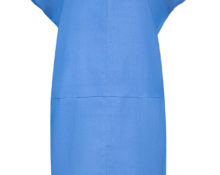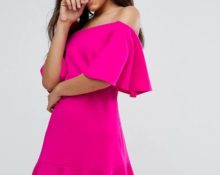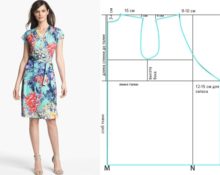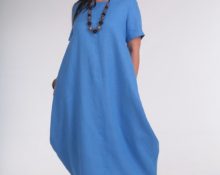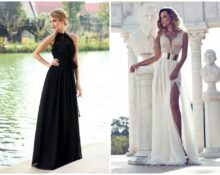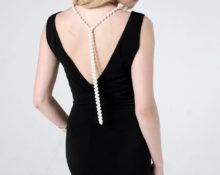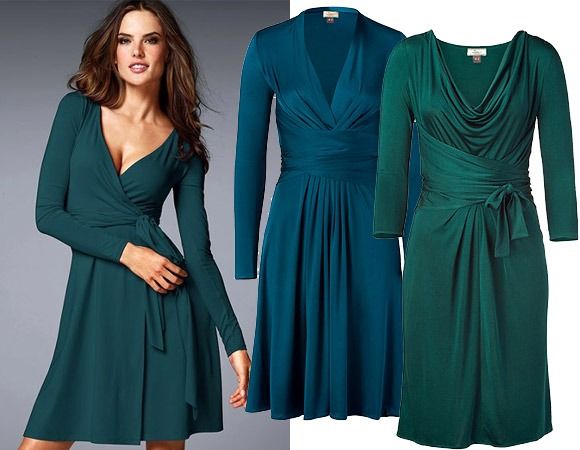 Dresses and suits made of knitted fabric have become a real lifesaver for modern women. They require minimal maintenance and look and fit great.
Dresses and suits made of knitted fabric have become a real lifesaver for modern women. They require minimal maintenance and look and fit great.
But A knitwear outfit receives all these advantages only if it is properly tailored.
Reference! The word knitwear is literally translated as “knitting”. This type of fabric involves a knitted fabric made from threads of different thicknesses.
Features of knitted dresses
The characteristics of clothing are related to the characteristics of the fabrics, from which it is sewn:
- Knitted fabrics are stretchable.
- These fabrics are hygroscopic and often breathable.
- Most fabrics are not capable of maintaining a permanent shape.
- At the same time, knitwear fits any figure and tolerates the most complex cut.
- Before sewing, such fabrics must be processed - washed, ironed.
- These tissues form pellets that must be removed.
- Tight-fitting knitted items can highlight all the imperfections of the figure.
Classification of knitted fabrics
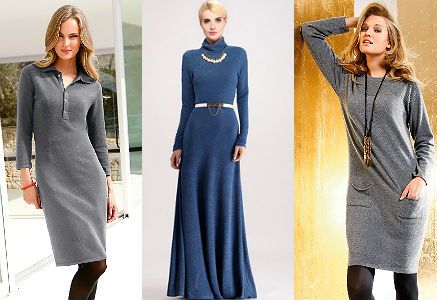
Several classifications are possible depending on the composition:
- Cotton. The base is made up of cotton threads. Interlock, footer, pique, capitonia, waffle, trouville.
- Woolen. Consist of the hair of various animals.
- Blended. Contains various types of threads and fibers. Ribana, velor, jersey, academic.
- Synthetic. The composition contains synthetic fibers, including lavsan, cellulose, polyester, polyester, as well as fleece, oil and modal.
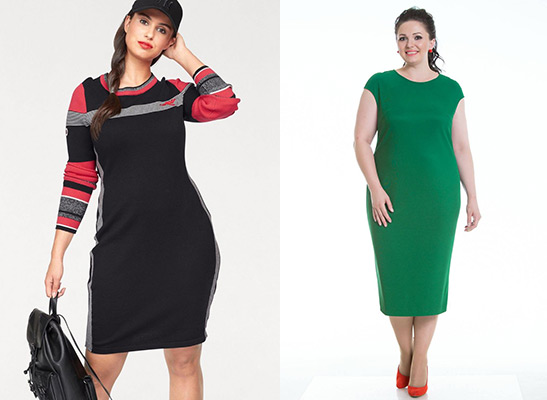 Besides, fabrics have good, medium and poor stretchability. The construction of the pattern, as well as the fit of the clothing to the figure, depends on this indicator.
Besides, fabrics have good, medium and poor stretchability. The construction of the pattern, as well as the fit of the clothing to the figure, depends on this indicator.
Constructing a pattern
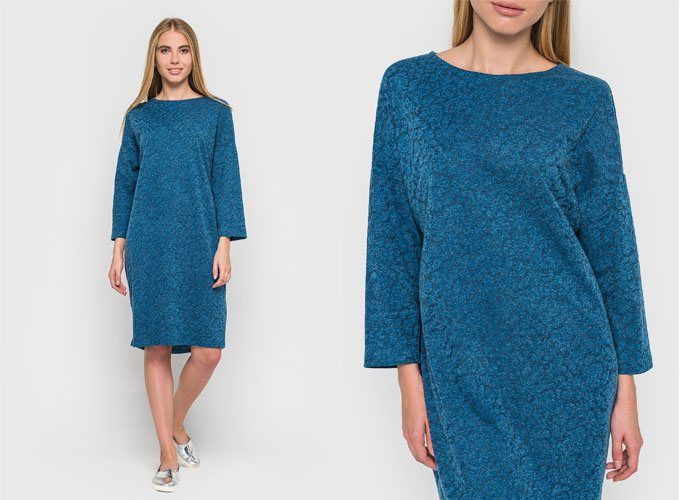
To sew a knitted dress with your own hands, you must first take measurements for women or girls:
- Chest circumference. Horizontally along the protruding points of the chest.
- Waist circumference. Horizontal at the waist.
- Hip girth. Along the protruding points of the hips and buttocks.
- Shoulder circumference. Around the shoulder, near the armpit.
- Neck circumference. Around the neck going into the jugular cavity.
- The length of the sleeve. Along the lowered, slightly bent arm until the expected end of the sleeve.
- Dress length. On the back from the base of the neck to the expected length of the product.
- Shoulder length. From the base of the neck to the junction of the shoulder and arm.
- Hem width. Estimated width of the dress at the hem. Measured strictly horizontally.
- Back width. Measure horizontally across the widest part of the back near the armpits.
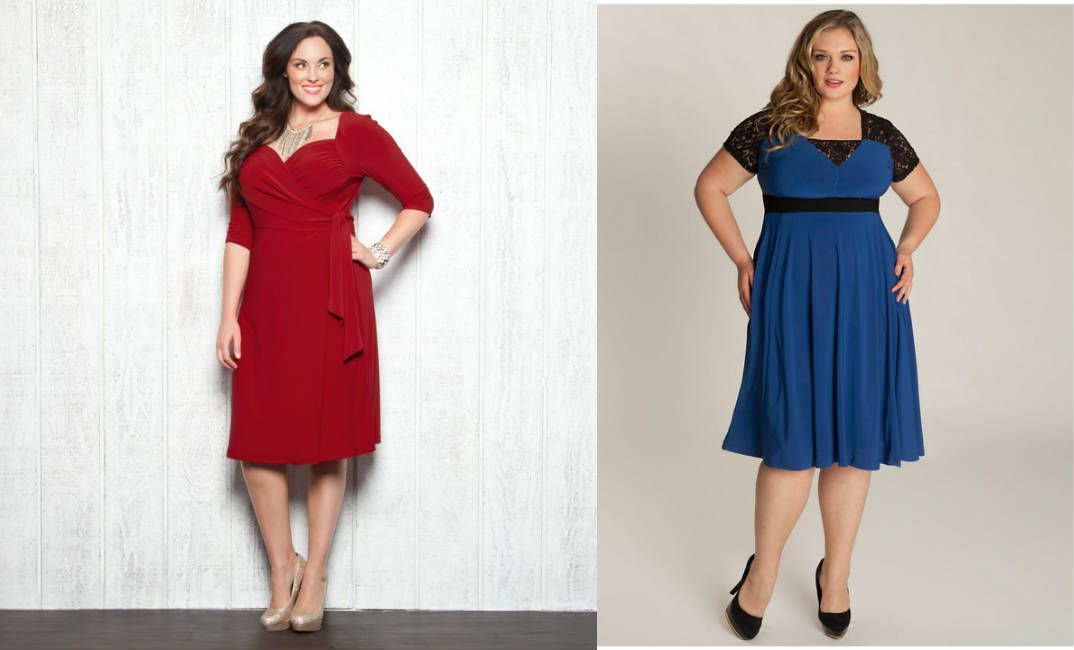 The pattern is given for size 48.
The pattern is given for size 48.
Advice! Based on the measurements, you can use the principle of this simple pattern to make a more complex cut.
- You can make a vent in the back seam.
- Model a shawl or turn-down collar.
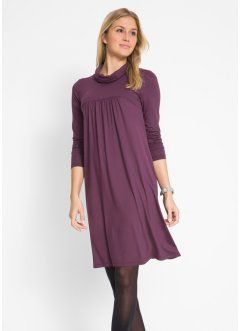
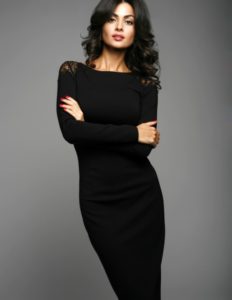 Cut details:
Cut details:
- Shelf – 1 piece with a fold.
- Back - 2 parts, or part with a fold. Choose for yourself.
- Sleeve – 2 parts.
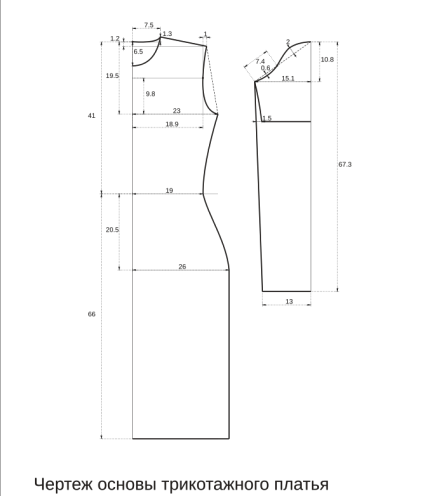 The sleeves for this pattern can be short or long. The modeling possibilities are quite wide.
The sleeves for this pattern can be short or long. The modeling possibilities are quite wide.
Advice! It is appropriate to cut the pattern pieces into several parts, making inserts from another material, for example, elastic lace.
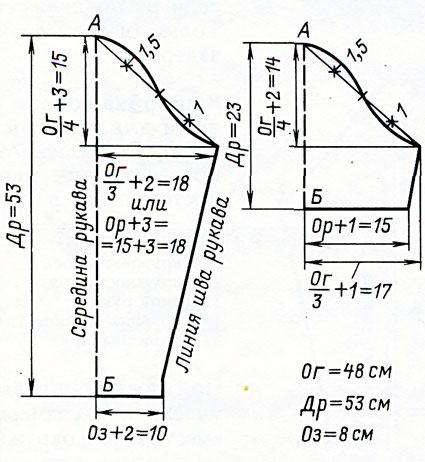 Cut:
Cut:
- We place the pattern pieces on the fabric, chalk them, and don’t forget the allowances.
- Cut it out.
Sewing features
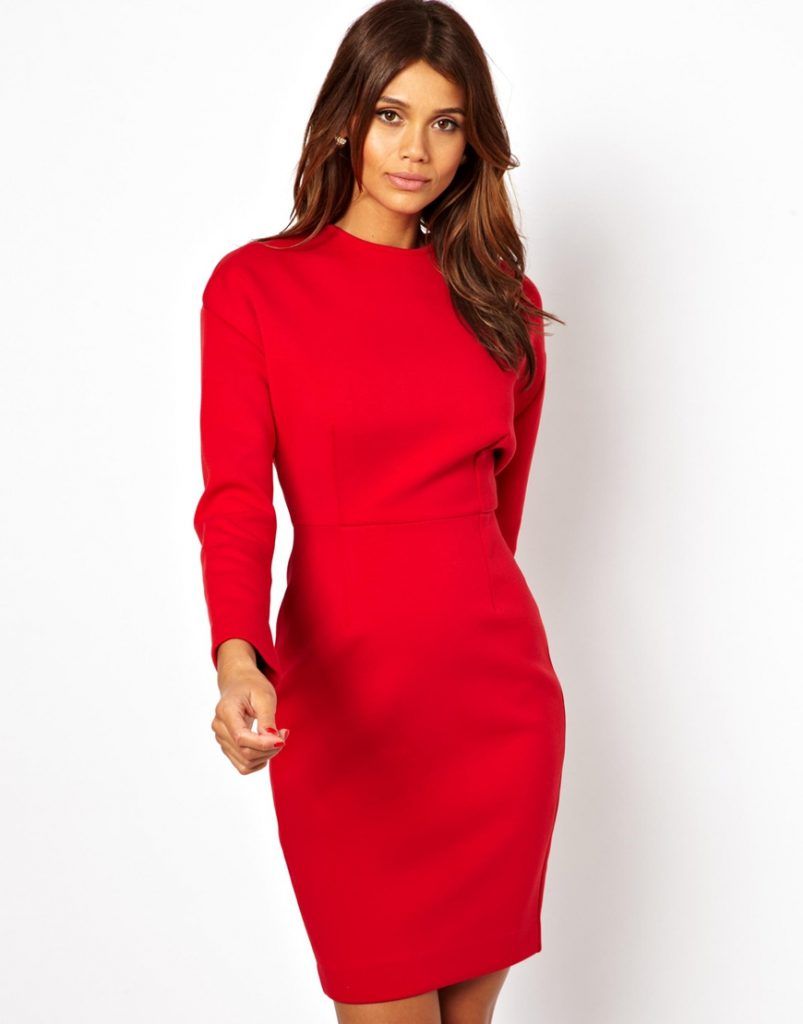 Required:
Required:
- Knitted fabric.
- Non-woven fabric.
- Shoulder pads are optional if you need them.
- Ready-made bias binding or cut from the main fabric of the dress.
- Threads to match.
- Tailor's chalk, scissors.
- Sewing machine. Preferably with a double needle and a special foot for knitwear.
Advice! The cut parts must be sewn with a narrow zigzag stitch.
Progress:
Important! The bottom of the sleeves and the hem of the dress are stitched with a double needle on a sewing machine. This needle requires two spools of thread. There will be a double stitch on the front side of the parts, and an elastic zigzag on the back side.
Sequence of work
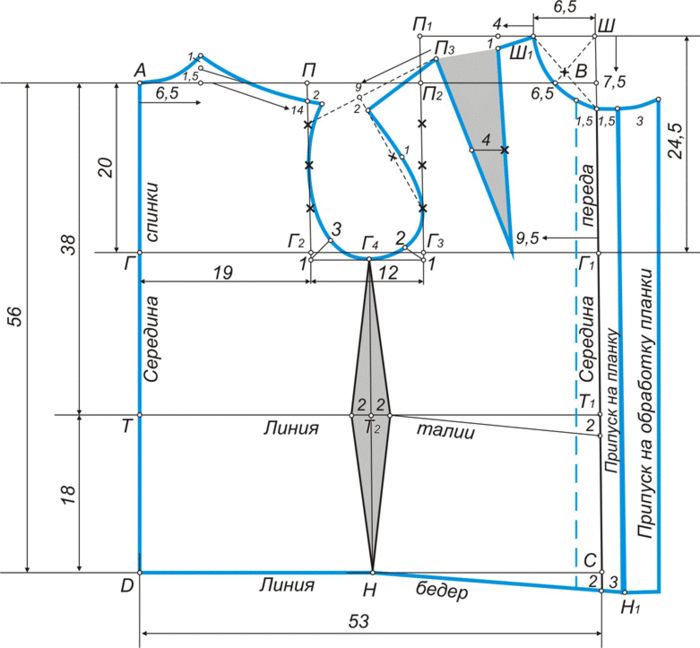
Let's look at the stages of work:
- The parts of the parts that we do not want to stretch are duplicated with non-woven fabric.
- Sew the middle back seam.
- Sew the shoulder seams.
- Sew the side seams.
- Sew the seams of the sleeves. We process their lower part.
- We put the sleeves into the armholes and pin them together.
- We sew the sleeves into the armholes.
- We finish the neckline with bias tape.
- We hem the bottom of the dress.
- Let's try it on.
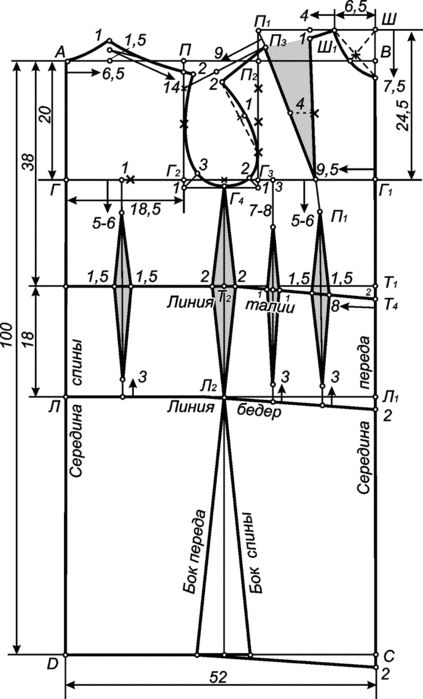 If you are not sure about the sizes, then add a couple of centimeters in all respects; a loose fit on knitted items will only be beneficial.
If you are not sure about the sizes, then add a couple of centimeters in all respects; a loose fit on knitted items will only be beneficial.
Dresses are universal clothing for women at all times. Without them, the wardrobe will not be complete. There can never be too many dresses!


 0
0